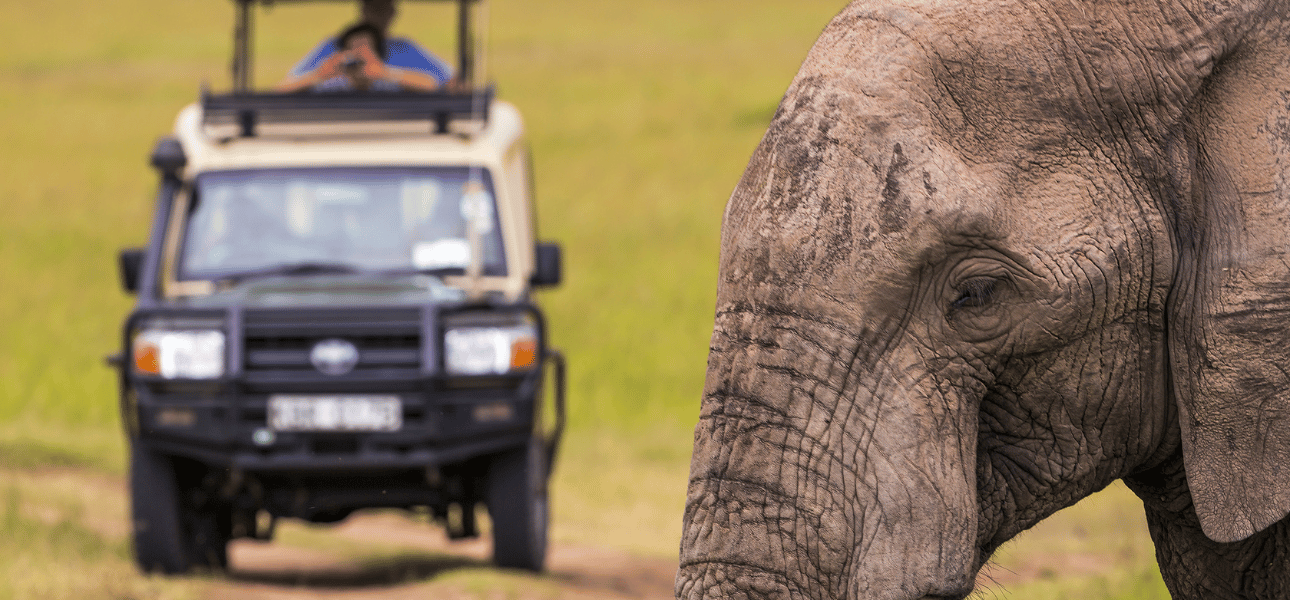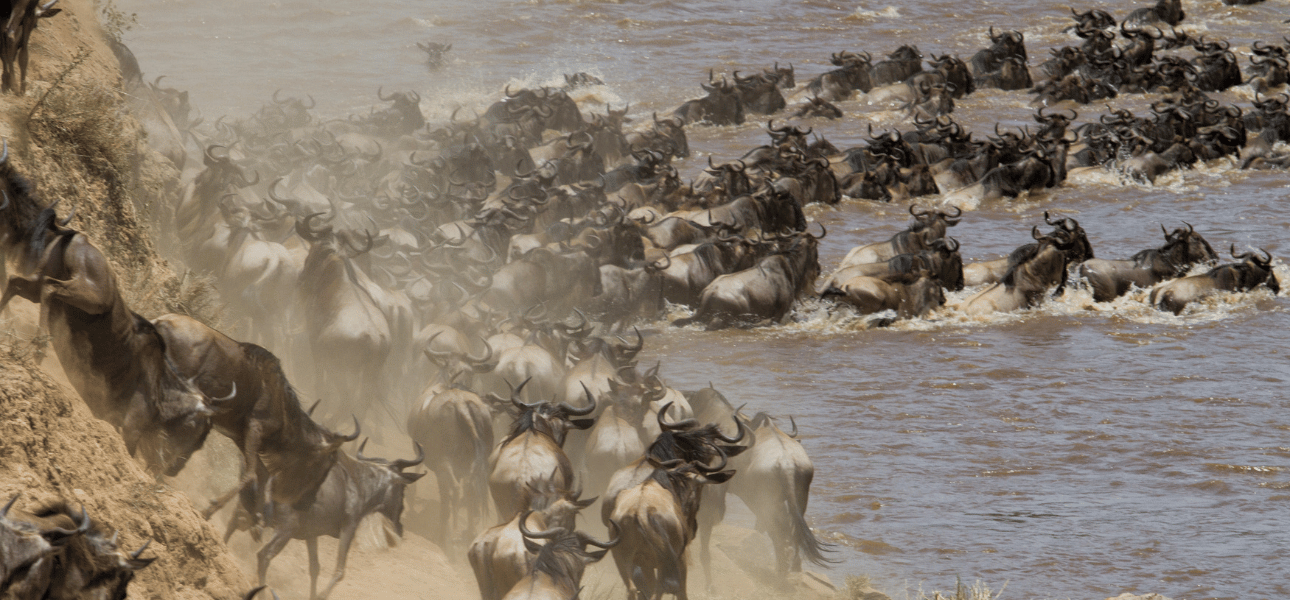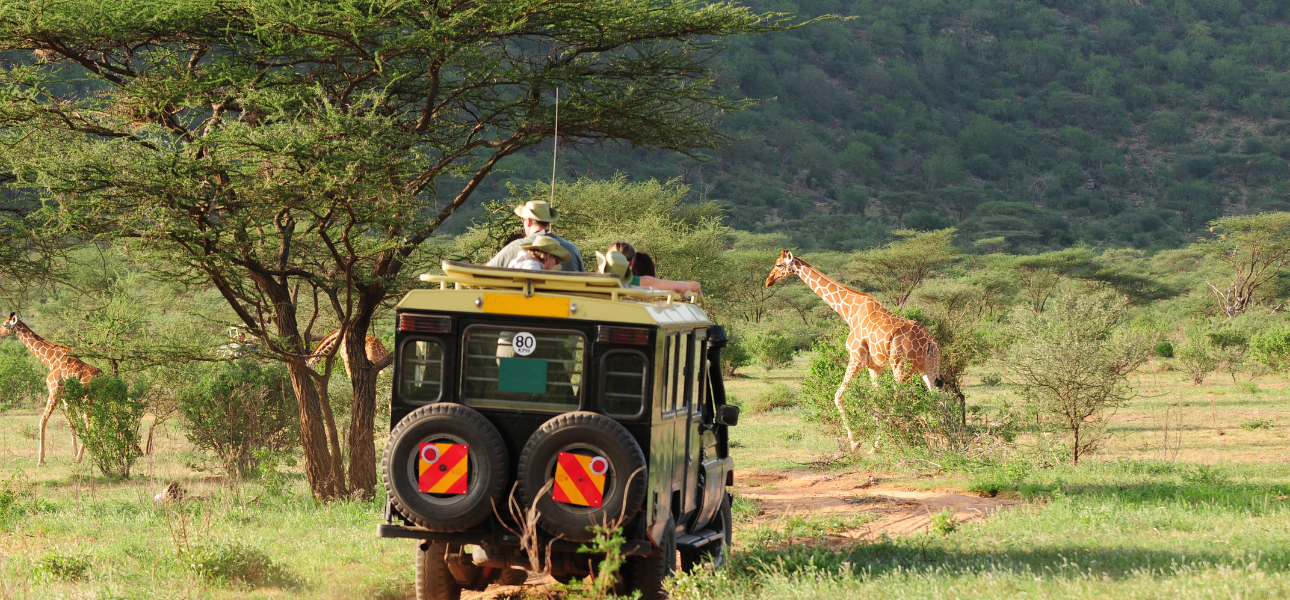Photography in the Wild: Capturing Uganda’s Natural Beauty Through the Lens

Uganda, often dubbed the 'Pearl of Africa', offers a tapestry of landscapes that range from dense forests and sparkling lakes to vast savannahs teeming with wildlife. For photographers, both amateur and professional, Uganda presents a unique canvas, rich with opportunities to capture the raw essence of the natural world. In this blog post, we will explore the best practices for wildlife photography in Uganda, highlight the most photogenic spots, and provide tips to make the most out of your photographic journey.
Understanding the Basics of Wildlife Photography
Wildlife photography is as challenging as it is rewarding, requiring patience, skill, and a deep respect for nature. Before heading out into the wilderness, it's crucial to understand the basics:
Gear Up
The right equipment can make a significant difference. A DSLR or mirrorless camera with a telephoto lens (at least 200mm) is ideal for capturing distant subjects like birds and large mammals. A sturdy tripod and a weather-resistant camera bag are also essential, as conditions in the field can be unpredictable.
Settings for Success
To freeze motion and avoid blur, use a fast shutter speed, especially for capturing birds in flight or quick-moving animals. Aperture settings depend on your subject and the depth of field you desire; however, an aperture of f/4 to f/8 usually offers a good balance for sharp subjects and nicely blurred backgrounds. ISO settings should be adjusted according to the lighting conditions, with higher ISOs necessary in lower light.
Ethical Considerations
Respect for wildlife and the environment should be at the forefront of any photography expedition. Maintain a safe distance, use a zoom lens to capture close-up shots without disturbing the animals, and never bait or call out to attract wildlife.
Uganda’s Photogenic Sites
Each of Uganda’s national parks and reserves offers unique landscapes and wildlife viewing opportunities. Here are a few you shouldn’t miss:
Home to nearly half of the world's mountain gorillas, Bwindi provides a rare opportunity to photograph these gentle giants in their natural habitat. The dense forest creates a stunning, albeit challenging, backdrop for photography. The play of light through the trees, coupled with the misty surroundings, can create ethereal and powerful images.
This park features the dramatic Murchison Falls, where the Nile river plunges through a narrow gorge. Besides the breathtaking waterfall, the park is rich in wildlife, including elephants, lions, and a variety of antelope species, making it a fantastic location for dynamic wildlife photography.
Famous for its tree-climbing lions, Queen Elizabeth National Park offers diverse ecosystems from savannah to wetlands. It is also a great spot for bird photographers, with over 600 species, including the rare shoebill stork.
Located in the remote northeastern corner of Uganda, Kidepo Valley is famed for its untouched, arid savannah landscapes, which provide a stark contrast to the lush greenery found elsewhere in the country. This park is less frequented by tourists, offering a more solitary experience and untouched scenes of wildlife and nature.
Photography Tips for Capturing Uganda’s Essence
Golden Hours
Utilize the golden hours—shortly after sunrise and before sunset—when the light is soft, warm, and ideal for photography. This magical light enhances the natural beauty of the landscape and wildlife, creating vibrant and dramatic imagery.
Patience Pays
Wildlife photography requires patience. You may need to wait for hours for the perfect shot, but the results can be spectacular. Always be ready, as the action can unfold in seconds.
Composition and Perspective
Experiment with different angles and compositions. For instance, getting down to the eye level of an animal can create a more intimate and engaging photo. Additionally, incorporating elements of the landscape can convey a sense of place and tell a more compelling story.
Local Knowledge
Consider hiring a local guide who knows the area and can lead you to the best spots for photography. Their expertise can be invaluable in spotting elusive wildlife and understanding animal behavior, enhancing your chances of capturing great photographs.
Conclusion
Uganda's wild beauty offers endless opportunities for photographers to capture the majesty of nature. Whether it’s the intimate gaze of a mountain gorilla or the powerful rush of Murchison Falls, each moment captured through the lens promises to be as unforgettable as the experience of being there. So pack your gear, respect the natural world, and prepare to capture the stunning beauty of Uganda through your lens. Your adventure awaits!

Pande Nabende
Related content
Interdum et malesuada fames






